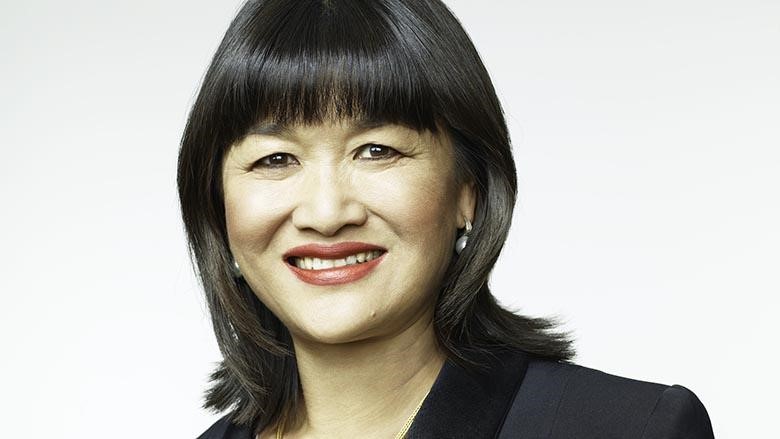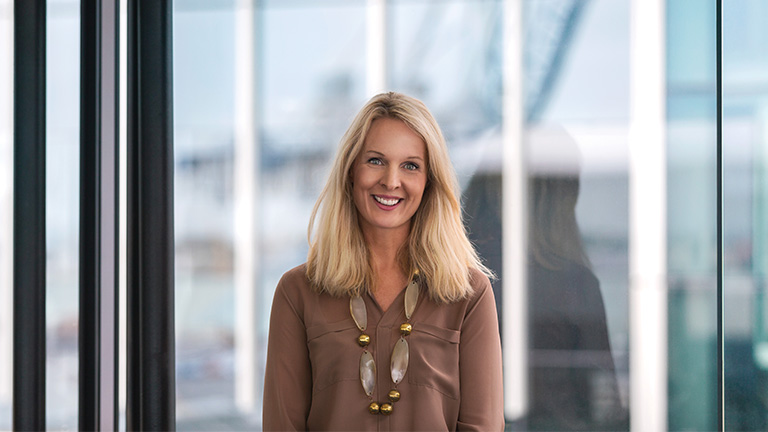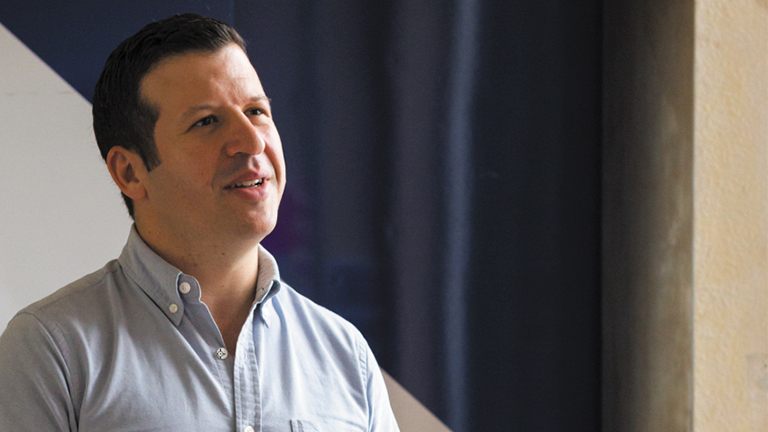How superdiversity can give your business an edge
Mai Chen, chair of the The Superdiversity Centre for Law, Policy and Business
As New Zealand is becoming even more of a melting pot, businesses need to think beyond traditional Kiwi audiences. Matching the market’s superdiversity can super-charge results.
Here, I speak with three people at the forefront of inclusion to find out more.
What is superdiversity?
"Superdiversity" is a social science term. It describes a population with more than 100 ethnicities and/or more than 25% overseas births. It also includes:
- ethnicity
- culture
- age
- gender
- sexual orientation
- disability
In New Zealand, no region is more diverse than Auckland. Almost 50% of Auckland’s population is Māori, Pacific or Asian. Yet, many businesses still advertise to the stereotypical Euro-Kiwi.
Kiwi-Taiwanese lawyer Mai Chen is the chair of the The Superdiversity Centre for Law, Policy and Business. She became the spokesperson for superdiversity in New Zealand. The centre’s Superdiversity Stocktake had more than 130 thousand downloads in less than a year. See the Superdiversity Institute for Law, Policy and Business
Mai highlights superdiversity not just because it’s "socially correct", but also because it's critical for the NZ economy. For businesses, it represents many opportunities:
- Win new customers
- Discover new markets
- Improve customer service
- Become better employers
She says, “Most New Zealand businesses aren't currently thinking of diversity as a point of leverage to beat the competition. They’re only thinking about social justice, equality and the same old ‘we should have more women’ thing. But there is a market advantage for businesses that have the cultural capability to connect with more groups in our increasingly superdiverse society. Not only is this critical to understanding your customer, but also to understanding the issues faced by employees – so you can help them maximise their potential.”
Mai Chen knows that targeting Euro-Kiwis, with a staff of Euro-Kiwis, is unsustainable. Already, New Zealanders speak more than 160 languages. They represent more than 200 ethnicities. In our largest city, 44% of the residents weren’t born in New Zealand. And projections for 2038 predict that Māori, Asian and Pacific people will go from being 34% of the total Kiwi population to around 51%.
Westpac: building a balanced and inclusive culture
Westpac is a founding partner of the Women of Influence Awards. It's committed to honouring the contribution that women make to New Zealand’s economy. Karen Silk is the General Manager of Commercial, Corporate & Institutional at Westpac. She says the awards shine a spotlight on female leadership abilities. Read about the Women of Influence Awards
“Women make up just over half of our customer base, and they help shape the country’s values and place in the world. But there’s still a way to go in terms of women as corporate and big business leaders. These awards showcase and celebrate the contribution of women in a variety of areas. Recognising their collective achievements puts a focus on women within the leadership forum.”
Within Westpac, nearly half of the executive team and managers are women. The goal is to increase the ratio of women in management to above 50% by 2020. The bank is also working on diversifying its workforce in terms of faith and ethnicity.
“We’re creating an inclusive environment, so that you can bring your whole self to work. Through policy and action, we’re making sure there is no reason for anyone to be uneasy about anything in the workplace. New Zealand is becoming increasingly diversified. In fact, Auckland is the third-most culturally diverse city in the world. Our people need to reflect our customers, and the face of our customers is changing.”
Unconscious bias training has been successful within Westpac. It's helped employees to identify, understand and overcome their biases.
“Of all the things we’re doing to create an inclusive culture, this initiative has had the most impact. It’s very revealing and there are always surprises. It has created awareness that you can’t take these things for granted. Being unbiased is something you have to work at.”
Westpac also embraces difference through regular employee campaigns. Recent examples include:
- Mental Health Awareness Week
- Māori Language Week
- LGBT Ally Week (the bank was one of the first corporations to get the rainbow tick)
“I believe you have to support cultural difference within your business from the top down. Simple things like acknowledging employees and customers in their own language shows you care.”
Recognising superdiversity as a way to better serve everyone
Here at Spark, cultural intelligence is important in attracting and retaining talent. Jolie Hodson is Spark's Customer Director and recent Women of Influence Award finalist. She says the Spark team needs to mirror the diversity of its evolving customer base.
“Both of the businesses I have worked for over the last decade - Lion and Spark - have recognised the increasing importance of superdiversity. Spark recently appointed Rhonda Koroheke to the full-time role of Diversity and Inclusion Programme Manager. She's been with the company for 11 years, and now she’s leading a range of initiatives across Spark.
“But it comes down to each of us, thinking about how we are contributing to a more inclusive environment. How welcoming are we to different cultures? Are we taking time to understand what’s important to the different groups within our business? I was up at the Network Operations Centre last week. They were celebrating the differences within the team by dressing to represent their ethnicity and sharing foods from their various cultures.”
Spark’s goal is to unleash the potential of all New Zealanders. Accordingly, Jolie points out that mobile technology removes some of the barriers to superdiversity. It allows people to work remotely and flexibly. Within companies, it can also bring together people who share similar identities.
So, where to start?
Before you can make progress towards superdiversity, understand what you already have. Think about your customers and employees: Where do they come from? What languages do they speak? What differentiates them?
Using this baseline, you can take steps towards achieving greater diversity. Here are some steps that'll help you build a culture of inclusivity:
- Recruit from a more diverse pool
- Develop diversity policies
- Create opportunities for employees to share their ideas



